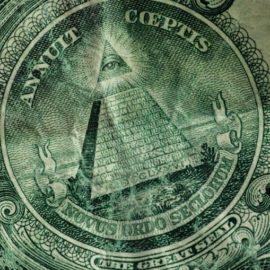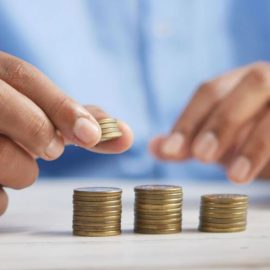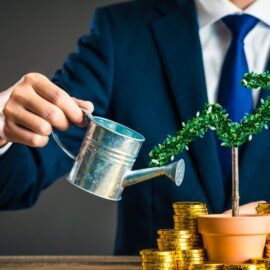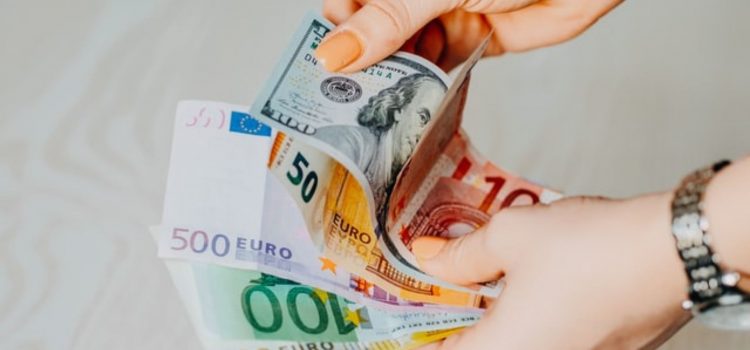
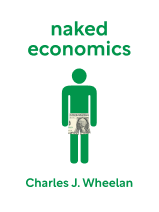
This article is an excerpt from the Shortform book guide to "Naked Economics" by Charles J. Wheelan. Shortform has the world's best summaries and analyses of books you should be reading.
Like this article? Sign up for a free trial here .
How do currencies work? How do economists determine the value of a country’s currency?
A physical piece of currency is just a piece of paper or a coin, but it represents an amount of purchasing power that can be used for goods and services. To evaluate a currency’s purchasing power, economists determine how many goods and services it can purchase from a hypothetical “basket of goods” that includes a broad range of things for sale in any given country.
In this article, we’ll examine currencies and how the international market uses them to function.
Currency Is Purchasing Power
A currency is the unit of money a country uses to conduct its business. Different countries have different currencies—for example, the United States has the dollar, Mexico has the peso, and Japan has the yen.
So, how do currencies work? And how does a country determine the value of its currency?
In theory, we can determine the values of currencies against each other by comparing how many of these goods and services each can purchase. This is called purchasing power parity (PPP). Economists and government officials use PPP to compare the relative strengths of different currencies and, in a related vein, the relative strengths of different economies. So, for example, if someone living in Israel earns 100,000 shekels a year, how much would she have to earn in American dollars in order to have the same standard of living in the U.S.?
To determine this, economists compare the prices of a hypothetical basket of goods in both countries to see which currency can purchase more goods. A basket of goods includes both tradable and non-tradable items: For example, it might include televisions (tradable, because you can sell and ship a television to another country) and haircuts (non-tradable, because you can’t ship a haircut overseas).
So, for instance, if you buy a dinner in India for the equivalent of 10 American dollars (converted into rupees), and that same dinner would cost you 40 American dollars in New York, this indicates that the dollar is stronger than the rupee, as it can buy more items priced in rupees. (In other words, after your Indian dinner, you could spend the rest of the rupees your 40 American dollars bought you on dessert, movie tickets, and a hat before spending the equivalent $40 that would only buy you a dinner in New York.)
However, though PPP can give us a rough estimate of the strength of one currency in comparison to another, this correlation can differ significantly from the currencies’ official exchange rates. With our dinner example above, this does not necessarily mean that an Indian rupee is worth exactly one-fourth of an American dollar. This is because an exchange rate only measures the strength of currencies as they pertain to tradable goods, while the basket of goods used to measure PPP includes, as we mentioned, both tradable and non-tradable goods and services.
Currencies can be traded or sold for other currencies. Currencies behave just like any other item that can be traded or sold—their values rise and fall according to the laws of supply and demand. The price at which you can purchase one currency using another currency is called the exchange rate.
Strong and Weak Currencies
Currencies can strengthen or weaken against each other, reflecting which one is more valuable to traders at any given moment. For example, if last week, one dollar equaled one pound, but this week, two dollars equals one pound, then the dollar has weakened against the pound: Each dollar can buy fewer pounds (in this case, one dollar would only be able to buy half a pound). If, however, this week one dollar equals two pounds, then the dollar has strengthened: Each dollar can buy more pounds.

———End of Preview———
Like what you just read? Read the rest of the world's best book summary and analysis of Charles J. Wheelan's "Naked Economics" at Shortform .
Here's what you'll find in our full Naked Economics summary :
- An explanation of economics that anyone can understand
- How governments and firms can use incentives to foster a healthy economy
- How and why people behave in certain ways


